Fuji-san, il monte sacro del Giappone
Il mio cuore è estremamente legato al Monte Fuji (富士山). Non so esattamente perchè, so che non riesco a non emozionarmi quando lo vedo.
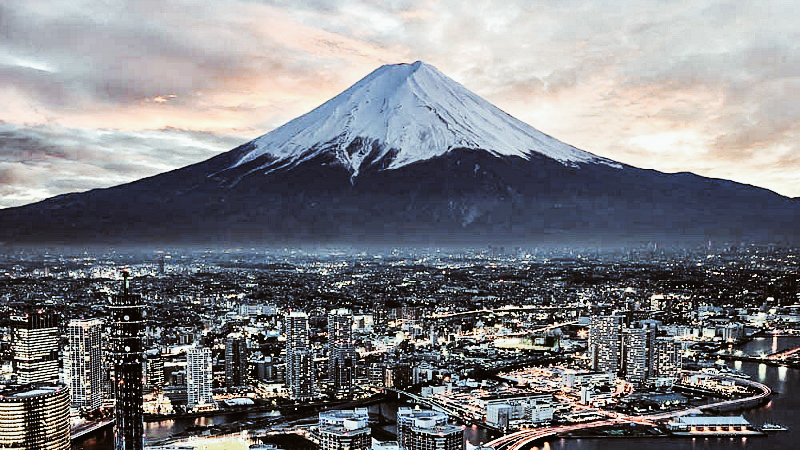
photo credits: animeclick.it
Bellezza spirituale
Alto più di 3700 metri, il Monte Fuji è un vulcano perfettamente simmetrico. Annoverato tra le 3 montagne sacre (三霊山) di tutto il Giappone e riconosciuto dall’UNESCO come patrimonio culturale mondiale.
Questa imponente meraviglia sorge tra le prefetture di di Shizuoka e Yamanashi, vicino alla costa sull’oceano Pacifico dell’isola di Honshū, tra Hamamatsu e Tokyo.
Sacro fin dal periodo Heian il monte Fuji era temuto e rispettato. Essendo un vulcano, era considerato una vera e propria divinità, tanto da possedere un altissimo numero di santuari (i santuari di Asama) e diventare il luogo di allenamento per i samurai. Nel 664 la sua scalata venne eseguita per la prima volta da un monaco e rimase proibita alle donne, fino alla rimozione del divieto nel 1872. Infatti nel 1868 con il periodo Meiji, Lady Fanny Parkes moglie dell’ambasciatore britannico, intraprese la scalata dimostrando che gli Dei non avrebbe scatenato alcuna vendetta.
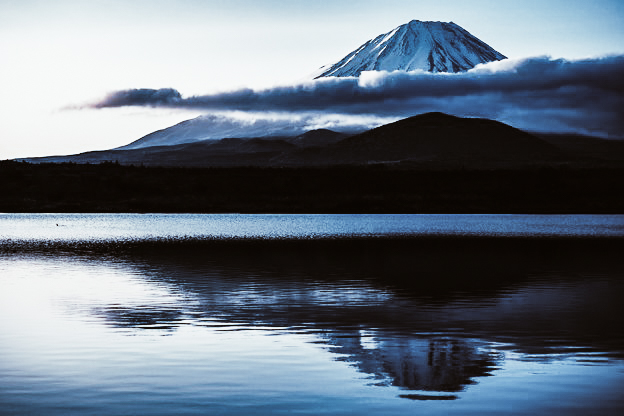

photo credits: animeclick.it, David Hsu
La Regione dei 5 Laghi
Il Monte Fuji è circondato dal 5 laghi, ognuno di loro speciale.
Il lago Kawaguchi (河口湖) si trova al centro della regione e sulla sua superficie si riflette la parete nord della montagna come in uno specchio. Il lago Yamanaka (山中湖), il più grande dei cinque e situato sul punto più alto è ricco di negozi, ristoranti e tranquilli bed&breakfast dove soggiornare. Il lago Sai (西湖) piccolo e misterioso è quello che cinge Jukai, la foresta di Aokigahara. Il lago Shōji (精進湖), il più piccolo dei laghi, è quello che offre la vista sul monte più suggestiva. E infine il lago Motosu (本栖湖), il più profondo e il meno turistico, è quello la cui vista eccezionale sul Fuji-san è rappresentata sulle banconote da 1,000 yen.
Naturalmente tutti laghi, tranne il Shōji, sono navigabili. Infatti, è possibile fare delle splendide crociere che permettono di ammirare la natura lussureggiante e la pace sotto lo sguardo attento del Sacro Monte.
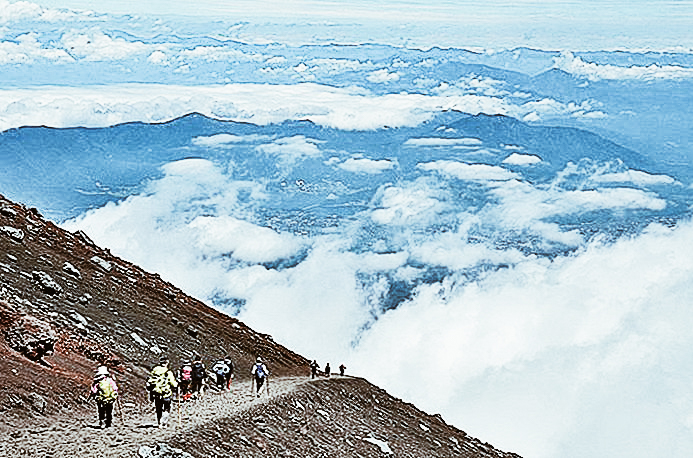
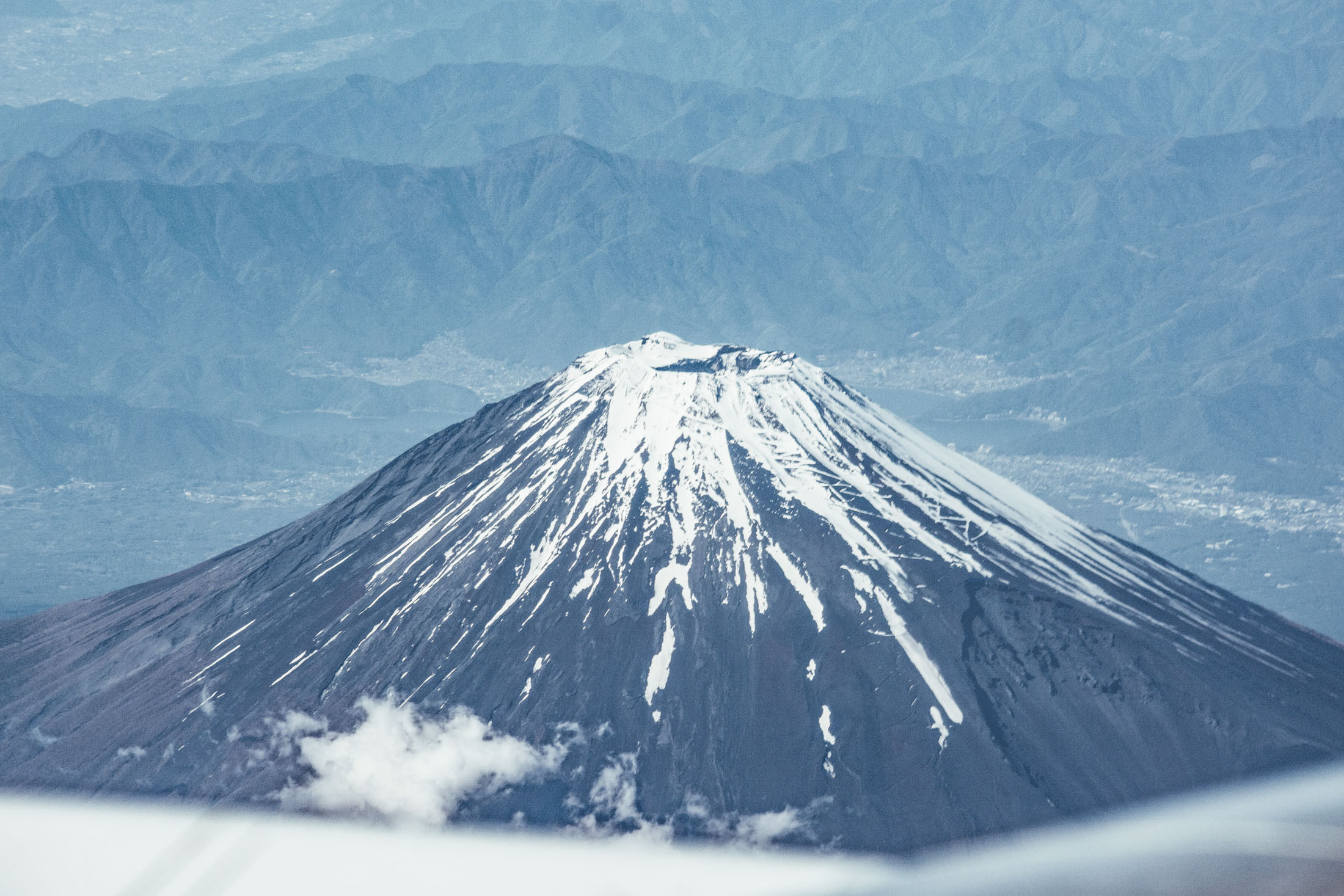
photo credits: animeclick.it, Daniel Ramirez
Scalare il Monte Fuji: una sfida d’amore!
Non so se vi sia mai capitato, probabilmente non tutti sono pazzi come la sottoscritta, ma io spesso ho detto “per te sono pronta a scalare il monte Fuji”! E farlo non è un’impresa impossibile tanto che è aperta persino a bambini ed anziani! Nei mesi di luglio e agosto si può raggiungere la cosiddetta “Quinta Stazione” con l’autobus della linea Fuji Subaru nel primo pomeriggio, sostare in un rifugio (prenotabile con moltissimo anticipo) e prima all’alba raggiungere la vetta per vedere il sorgere del sole.
Dalla quinta stazione passano i sentieri che si possono scegliere per raggiungere la cima. Il sentiero Kawaguchiko – Yoshida-guchi è quello tradizionale e più frequentato. Il sentiero Gotemba-guchi il più lungo e difficile, il Sentiero di Fujinomiya-guchi o Mishima-guchi, il più breve ma anche meno affascinante. Ed, infine il sentiero di Subashiri-guchi che si unisce all’ottava stazione con quello di Yoshida-guchi. Il tempo di percorrenza varia in media tra le 5 / 8 ore di salita e le 3 / 4 ore di discesa.
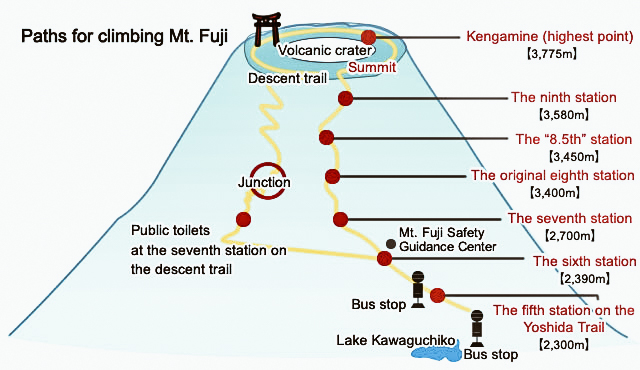
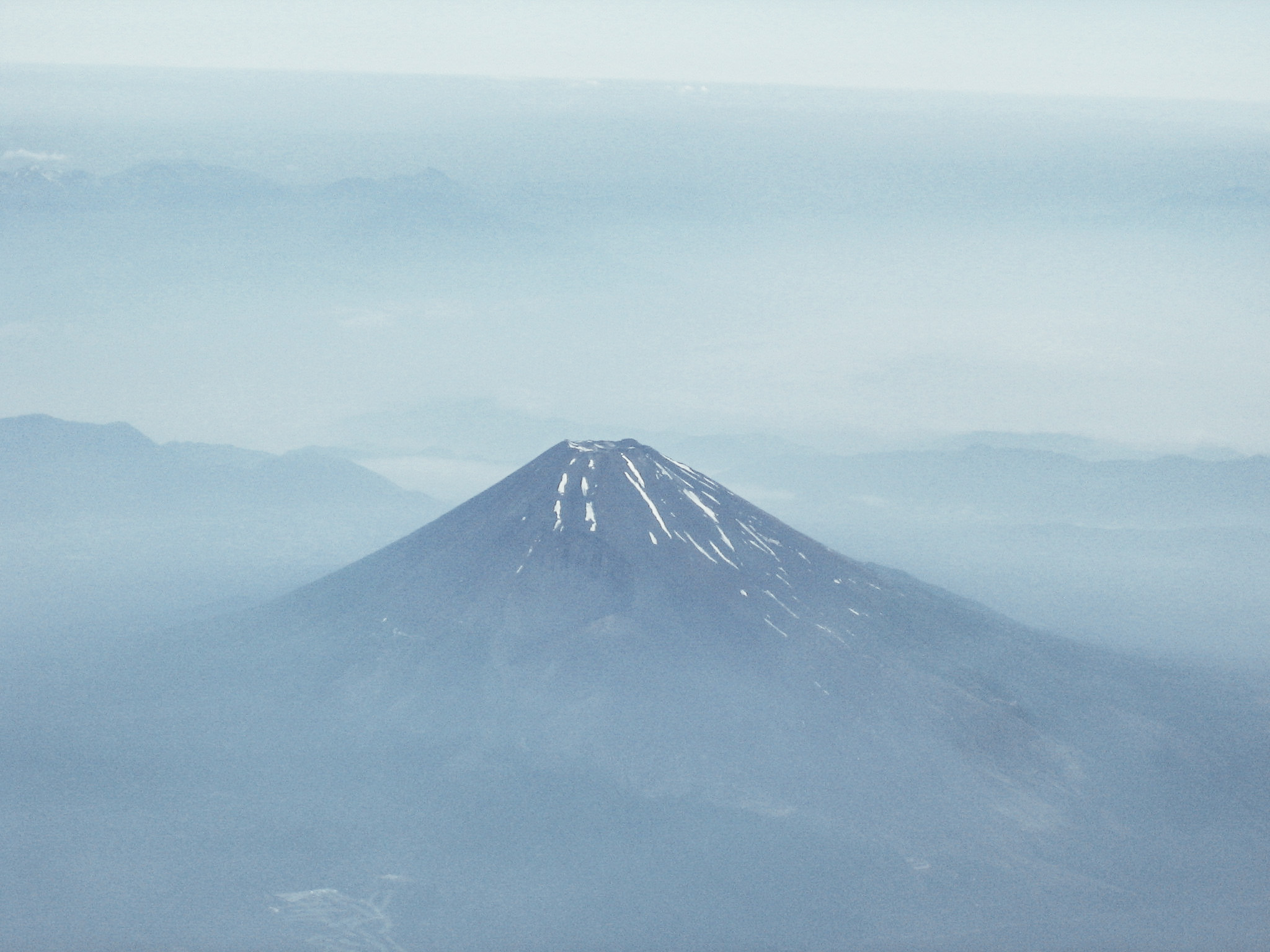
photo credits: yamanashi-kankou.jp, Joe Jones
Tutte le informazioni per intraprendere questa straordinaria avventura sono disponibili sul sito ufficiale. Io ho fatto una promessa, perciò prima o poi scalerò il Fujisama, e voi?
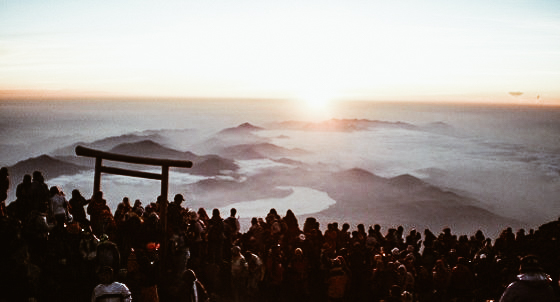
photo credits: giapponeviaggi-miki.it
Condividi:
- Fai clic per condividere su Facebook (Si apre in una nuova finestra)
- Fai clic qui per condividere su Twitter (Si apre in una nuova finestra)
- Fai clic qui per condividere su Tumblr (Si apre in una nuova finestra)
- Fai clic qui per condividere su Pinterest (Si apre in una nuova finestra)
- Fai clic per condividere su Telegram (Si apre in una nuova finestra)
- Fai clic per condividere su WhatsApp (Si apre in una nuova finestra)
- Fai clic qui per condividere su Reddit (Si apre in una nuova finestra)
- Fai clic qui per stampare (Si apre in una nuova finestra)






